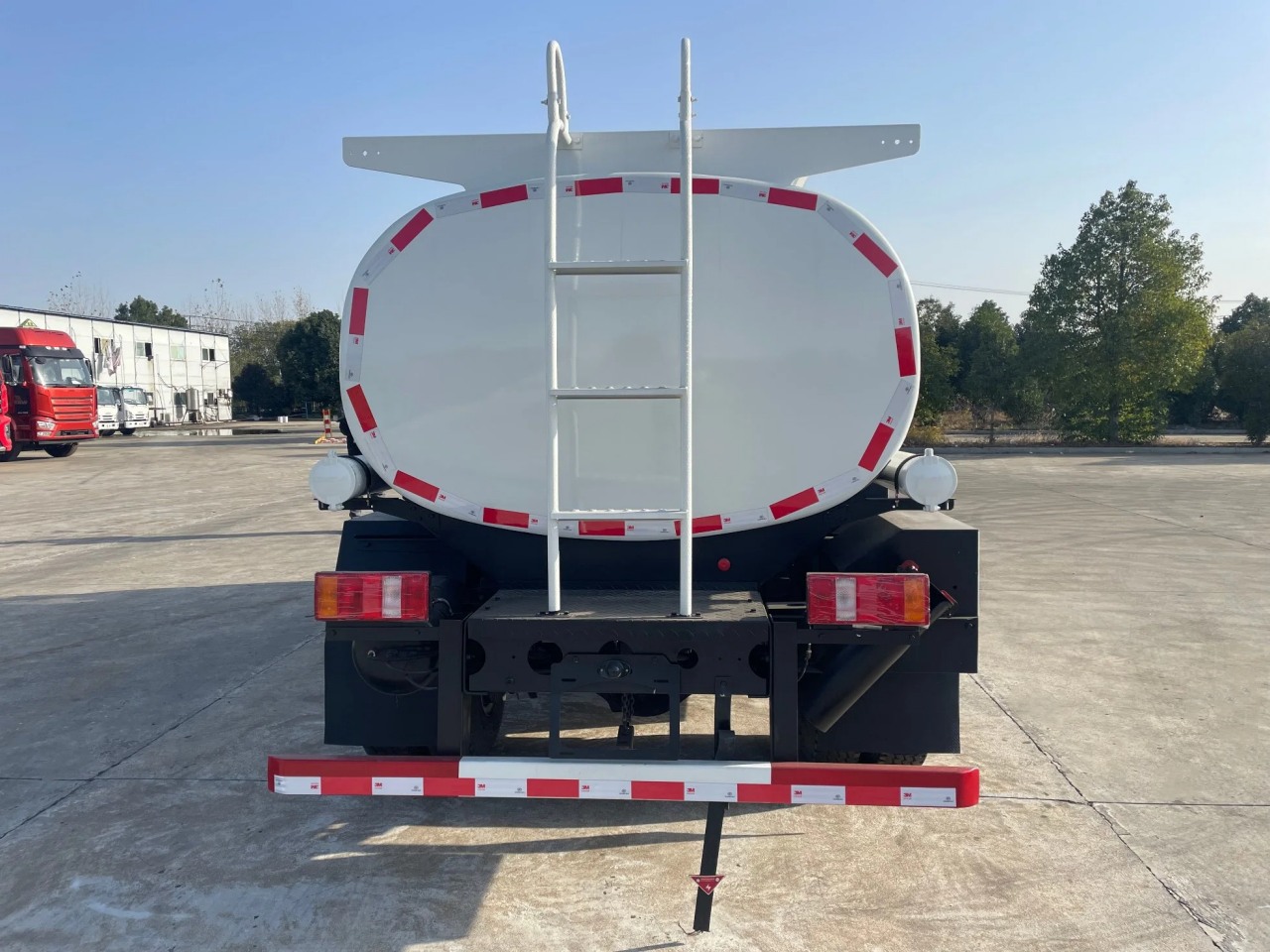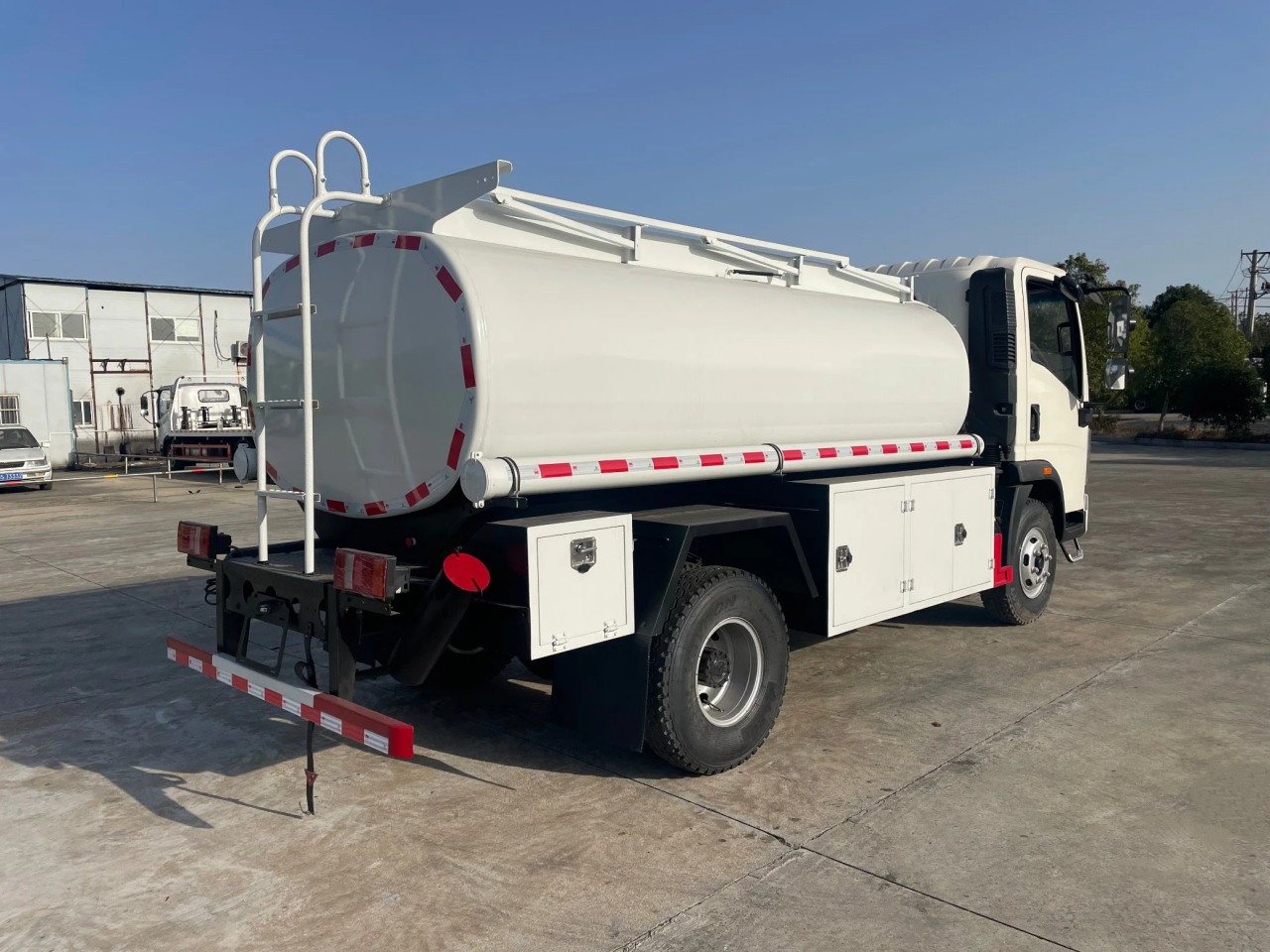Diesel tanker trucks are essential components of the global fuel supply chain, serving as mobile vessels that transport diesel fuel from refineries to fuel stations, industrial facilities, construction sites, and agricultural operations. Their size, configuration, and capacity vary widely depending on their design, region of operation, and intended use. So, how big is a diesel tanker truck? The answer lies in understanding its physical dimensions, tank capacity, and the regulations that influence its construction.
1. What is a Diesel Tanker Truck?
A diesel tanker truck is a specialized vehicle equipped with a cylindrical or elliptical tank designed to carry diesel fuel, a type of flammable liquid. Unlike regular cargo trucks, tanker trucks are built to comply with stringent safety and transportation regulations for hazardous materials. These vehicles come in various configurations, including rigid trucks, tractor-trailer combinations, and multi-compartment tankers.
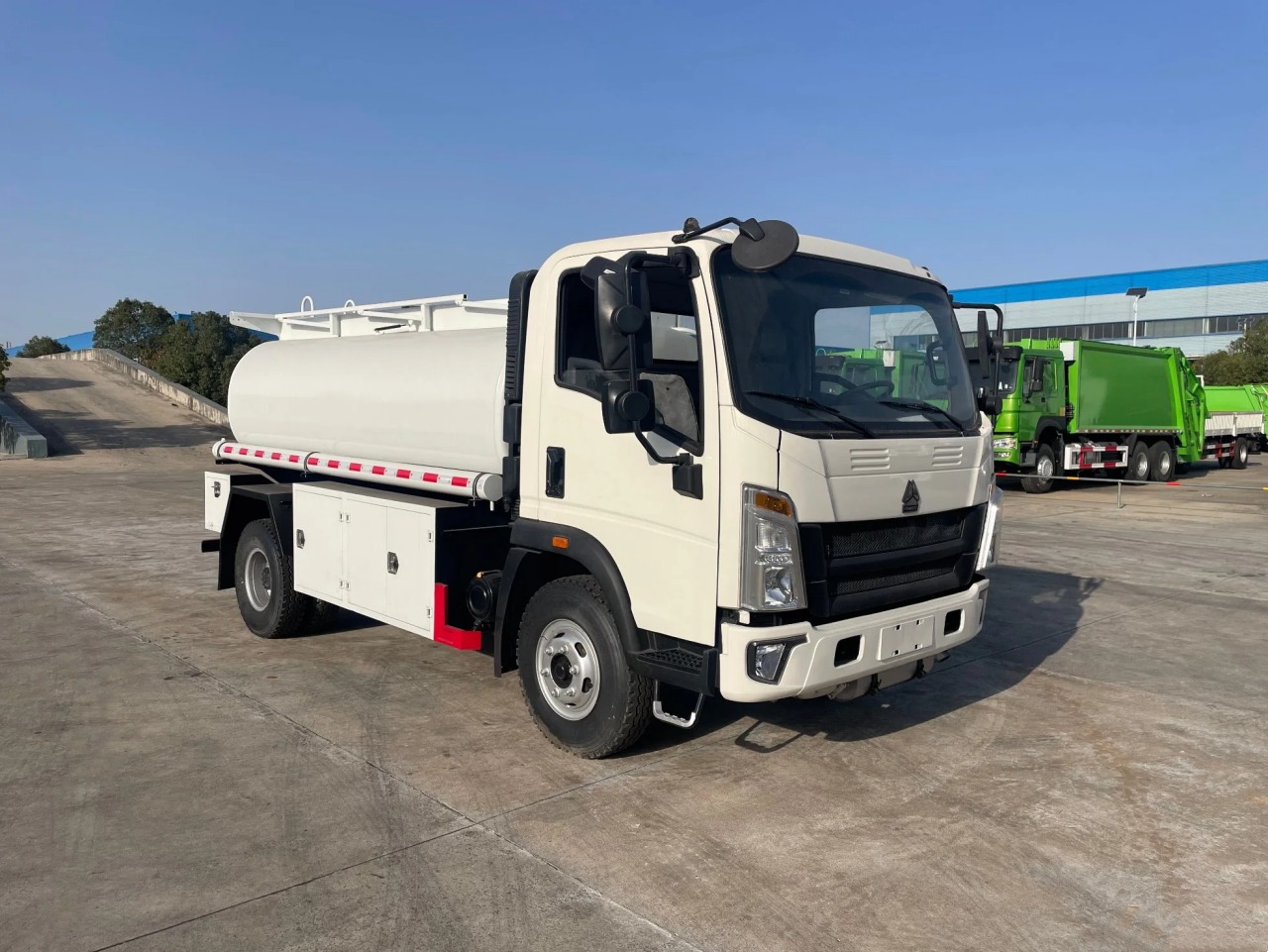
2. Tanker Truck Classifications
Tanker trucks are typically classified by their size and the type of roads they are designed to travel on:
- Light-Duty Tanker Trucks: These have smaller tanks, usually with a capacity of 1,000 to 3,000 liters (264 to 792 gallons). They are often used for local fuel delivery in urban or rural areas with limited road access.
- Medium-Duty Tanker Trucks: With capacities ranging from 4,000 to 9,000 liters (1,057 to 2,378 gallons), these are suited for regional deliveries or small commercial fueling applications.
- Heavy-Duty Tanker Trucks: These are the most common long-distance fuel transporters, with tank capacities ranging from 10,000 to 40,000 liters (2,642 to 10,566 gallons), depending on the country and regulations. In the U.S., for example, a typical highway diesel tanker truck holds about 9,000 to 11,000 gallons (34,000 to 41,600 liters) when using a full-length semi-trailer.
3. Dimensions of Diesel Tanker Trucks
The overall size of a diesel tanker truck depends largely on whether it’s a single rigid truck or a tractor-trailer. Here’s a breakdown of common configurations:
Rigid Tanker Truck (Single Unit)
- Length: 6 to 10 meters (20 to 33 feet)
- Width: 2.5 meters (8.2 feet)
- Height: 3 to 3.5 meters (9.8 to 11.5 feet)
- Tank Capacity: Typically 5,000 to 15,000 liters (1,321 to 3,962 gallons)
These are ideal for urban delivery and small-volume fuel distribution.
Semi-Trailer Tanker Truck
- Length: 12 to 14 meters (39 to 46 feet)
- Width: 2.5 meters (8.2 feet)
- Height: 3.5 to 4 meters (11.5 to 13.1 feet)
- Tank Capacity: 30,000 to 40,000 liters (7,925 to 10,566 gallons)
Semi-trailers are the standard for long-haul fuel transportation due to their larger payload capacity.
Road Train (Multiple Trailers – Common in Australia)
- Length: Up to 53.5 meters (175.5 feet)
- Tank Capacity: 100,000 liters (26,417 gallons) or more
Road trains are used in remote areas, especially in countries like Australia, where vast distances between refineries and customers necessitate large loads.
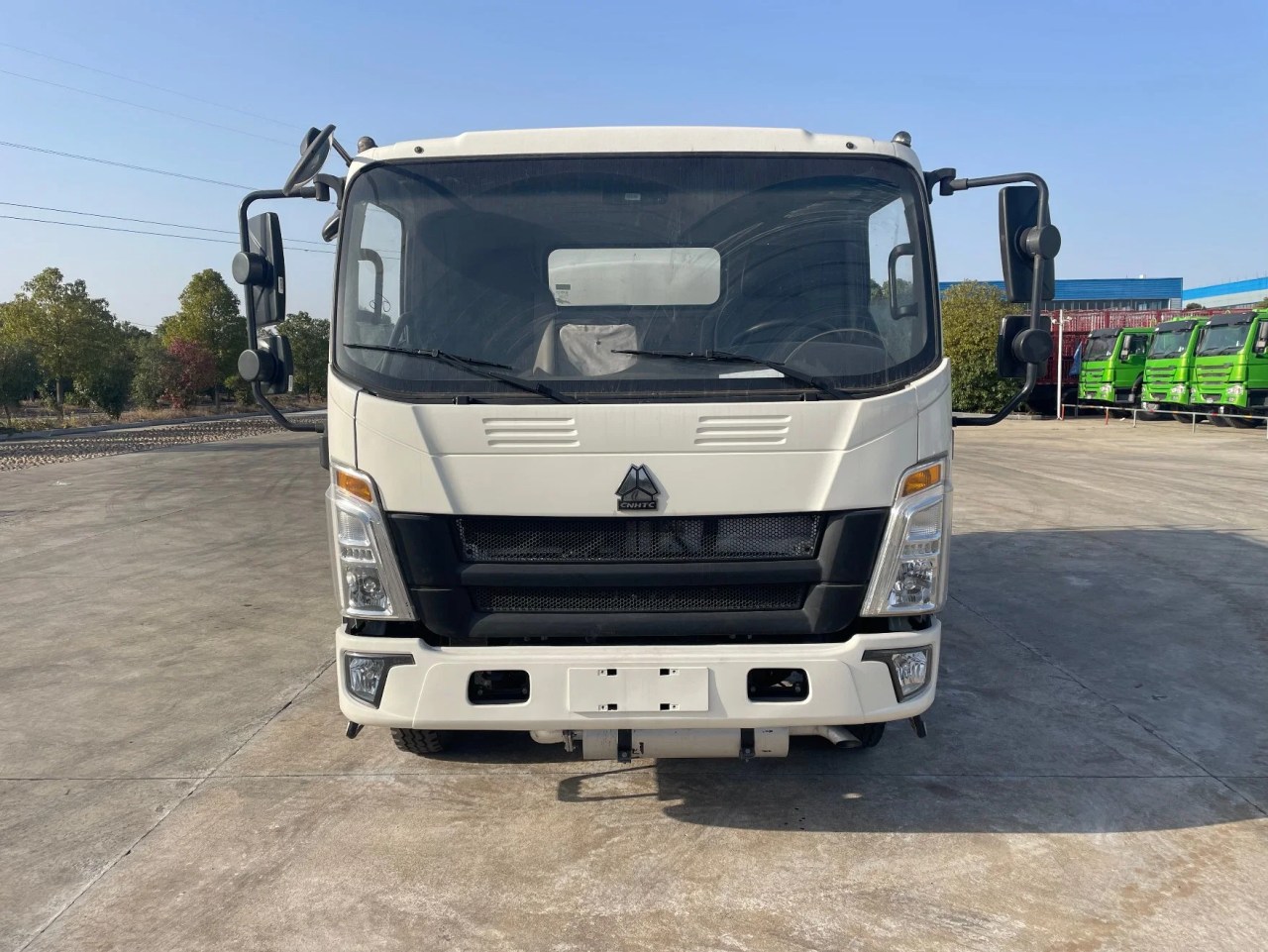
4. Tank Design and Compartments
Most diesel tanker trucks are divided into multiple compartments. This segmentation serves several purposes:
- Safety: Smaller volumes reduce the risk of sloshing and improve vehicle stability.
- Product Separation: Tankers can carry multiple fuel types (e.g., diesel, gasoline) simultaneously in different compartments.
- Efficiency: Compartments allow partial unloading at different locations without disturbing the rest of the load.
For example, a 40,000-liter tanker might be divided into 5 compartments, each holding 8,000 liters. This flexibility allows distributors to customize deliveries for various customers along a single route.
5. Weight Considerations
The total weight of a diesel tanker truck depends on both the truck’s tare (empty) weight and the weight of the diesel fuel. Diesel has a density of approximately 0.832 kg/liter (6.94 pounds/gallon).
A fully loaded 40,000-liter diesel tanker would carry roughly:
- Weight of diesel: 33,280 kg (73,389 pounds)
- Truck tare weight: 12,000 to 15,000 kg (26,455 to 33,069 pounds)
- Gross vehicle weight: Up to 48,000 kg (105,822 pounds), depending on regional road regulations
Due to these significant weights, axle load distribution, suspension, and braking systems must be carefully designed.
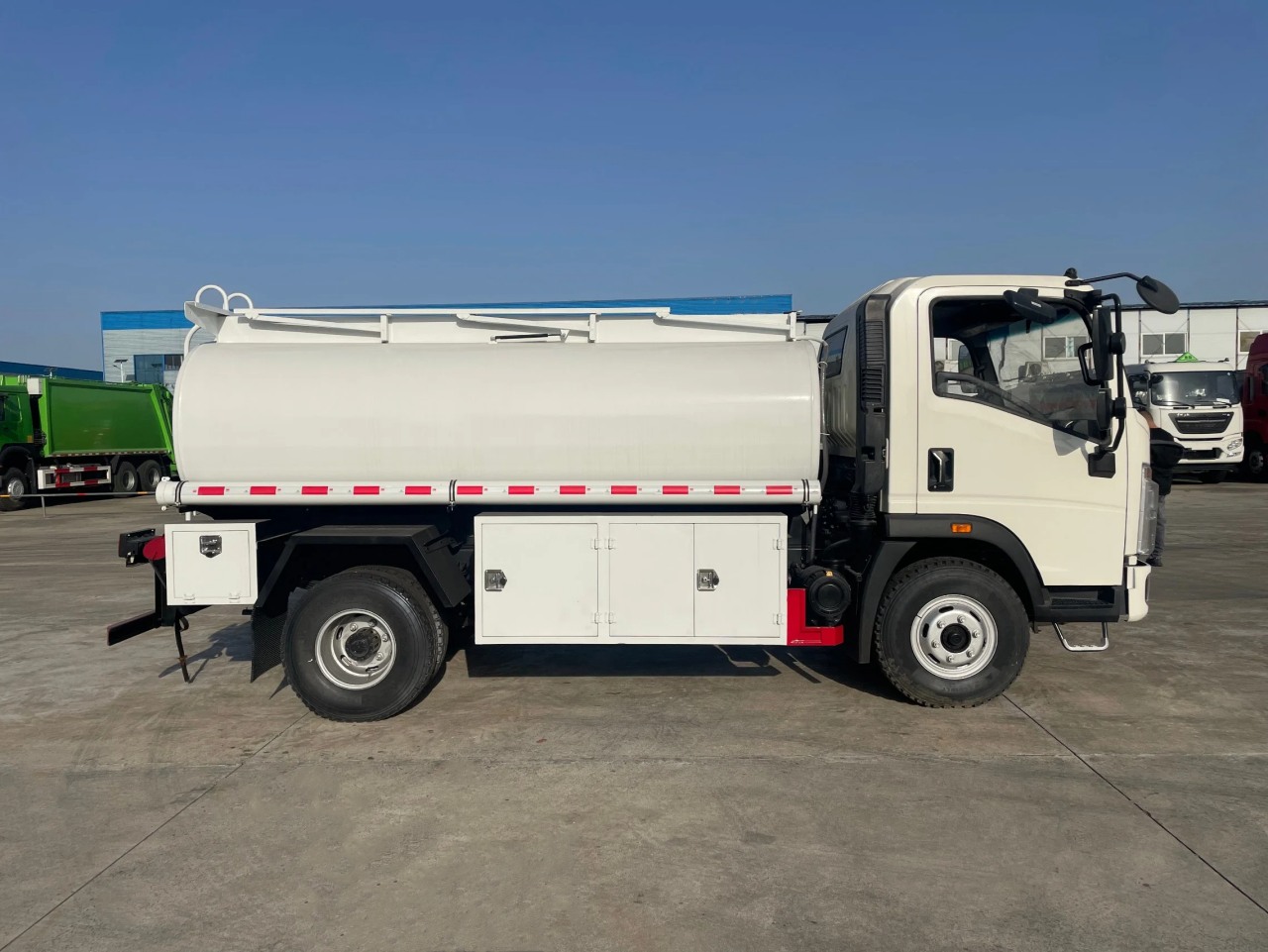
6. Regulations and Limitations
The maximum size and weight of diesel tanker trucks are governed by transportation authorities in each country. In the U.S., the Federal Highway Administration (FHWA) sets limits on axle loads and overall truck weight. In Europe, the EU restricts the length of semi-trucks to 16.5 meters (54 feet) and gross weight to 44 metric tons (97,000 pounds) under certain conditions.
Hazmat (hazardous materials) transport rules also affect tanker truck design, requiring features such as:
- Anti-surge baffles
- Flame arrestors
- Pressure and vacuum relief valves
- Bottom loading/unloading systems
7. Special Considerations for Diesel
Diesel is less volatile than gasoline, which slightly simplifies its handling, but it still requires care in storage and transport:
- Temperature Sensitivity: Diesel can gel at low temperatures, so insulated or heated tanks may be needed in cold climates.
- Contamination Prevention: Diesel must be kept clean to avoid engine damage. This means tanker trucks must be regularly cleaned and maintained.
8. Emerging Trends
With growing environmental concerns and stricter emissions laws, diesel tanker trucks are evolving:
- Aluminum and Stainless Steel Tanks: Lighter materials help reduce tare weight, allowing more payload without exceeding legal limits.
- GPS and Fleet Monitoring: Modern diesel tankers often include telematics for real-time monitoring of location, load level, and temperature.
- Electric or Hybrid Tractor Units: Some fleets are experimenting with electric trucks for fuel delivery in urban environments to reduce emissions.
Conclusion
The size of a diesel tanker truck can range from small local delivery trucks carrying a few thousand liters to massive road trains with capacities over 100,000 liters. The specific size depends on several factors, including the intended use, regional regulations, and logistical efficiency. Understanding these dimensions is vital not only for logistics planning but also for ensuring safe and compliant transportation of diesel fuel. As technology and regulations continue to evolve, so too will the design and capabilities of these indispensable vehicles.
